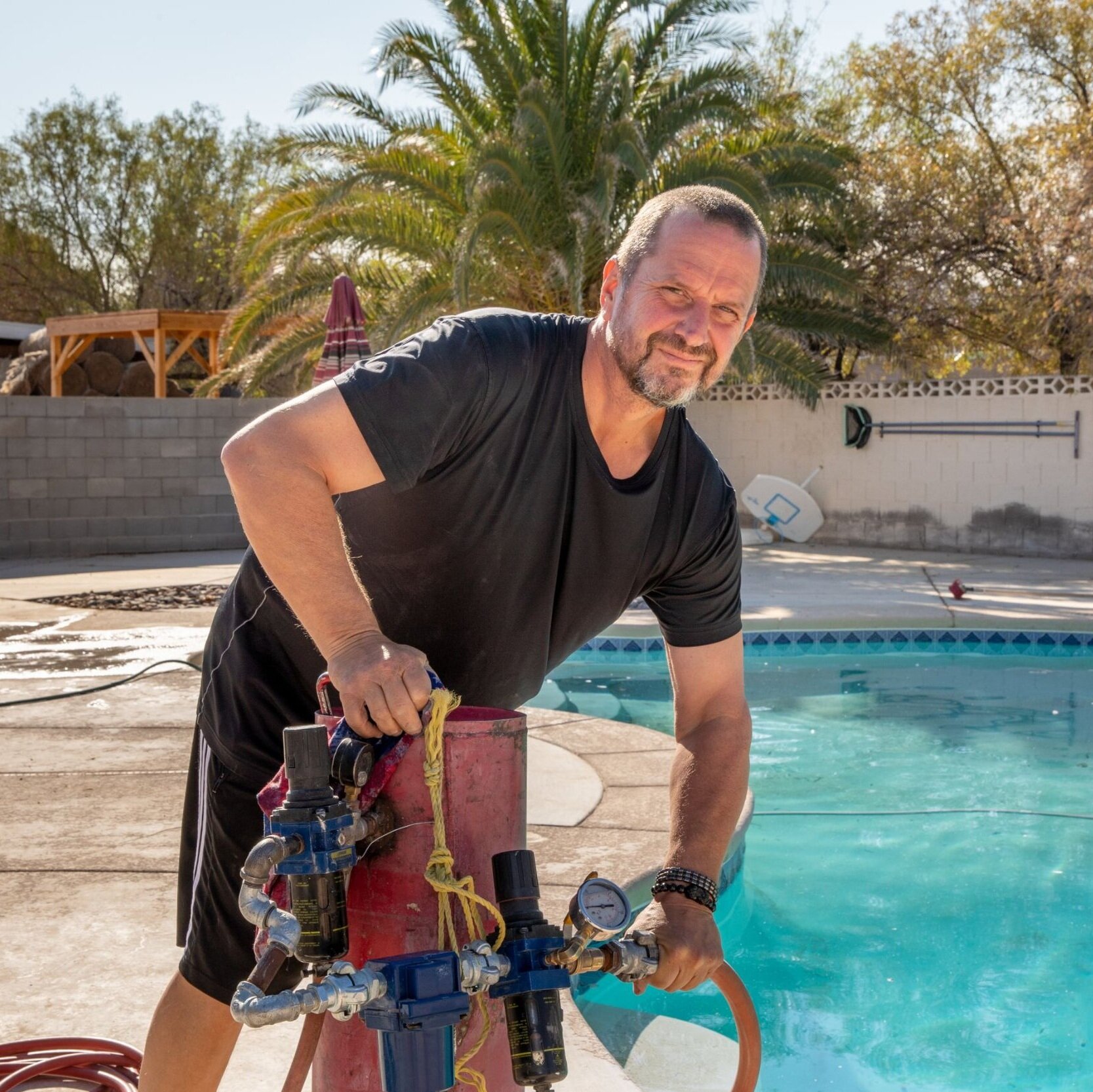What Are the Different Types of Pool Algae?
Swimming pools provide great fun and enjoyment to homeowners looking to cool off and unwind on a hot summer day. Unfortunately, a common issue that pool owners most likely encounter, especially during the warmer months, is algae growth due to lack of cleaning, maintenance, and poor pool chemistry.
Algae enter the pool through rain, wind, or objects contaminated with algae spores like swimsuits and toys. Algae are microscopic plants that multiply rapidly and do not take long to turn the pool into an eyesore. It is a nightmare for pool owners to find algae blooming and ruining the appearance of their beautiful swimming pool. If left untreated, algae lead to water discoloration, clogged filters and leave the swimming pool uninviting and unhealthy for a splash due to the conducive environment it creates for bacteria growth.
Algae differ in color and size and are highly adaptive. In this article, we look at the different types of algae that thrive in swimming pools to help homeowners efficiently plan their removal:
Green algae
Green algae are the most common and easiest to remove form of residential swimming pool algae. The algea color is due to the presence of chlorophyll in their cells. They are either found clinging on the pool surfaces like walls, stairs, and floor or floating freely in the water. Green algae grow fast and turn the pool water green. Therefore, pool experts suggest making efforts to eliminate it as quickly as possible to prevent the quick spread. Brushing, shocking, and use of algaecide are some of the ways to treat green algae.
Yellow algae
Yellow algae, a form of green algae, is also known as mustard algae due to its brownish-yellow color. They are resistant to chlorine, grow slowly, and are hard to remove. Yellow algae are commonly seen in the pool’s shady areas and are easily mistaken for sand, pollen, or dirt. However, unlike dirt or sand, yellow algae are slick and slimy. A rigorous brushing, super chlorination, and periodic maintenance by a professional is the best way to kill yellow algae.
Black algae
Black or blue-green algae primarily thrive in ponds, lakes, and other similar water bodies but can grow in ignored or unmaintained swimming pools. It is the most aggressive of all pool algae and extremely tough to kill. Concrete, gunite, or other pools with hard and porous surfaces are more vulnerable to black algae growth. It usually appears as black spots along the pool surface before expanding to other areas. Black algae warrant the assistance of a pool service professional for its removal.
Pink algae
The slimy pink algae usually appear along the waterline, piping, or other PVC surfaces. Brushing or using an effective pool sanitizer can help eliminate pink algae. For widespread growth, consider scrubbing the pool surfaces followed by shock treatment.
Algae prevention tips
Algae are unsightly and a nuisance. Swimming pool owners should follow these simple tips to prevent algae growth:
Test the pool regularly and maintain proper water chemistry
Ensure proper functioning of the water circulation system
Maintain proper sanitation
Keep the filters clean
Periodically scrub and vacuum the pool
Hire a pool service professional for regular swimming pool maintenance to avoid algae growth and other pool problems.
Pool Tile Cleaning Vegas is a family-owned pool tile cleaning company offering free at-home estimates for calcium removal, acid washing, pool draining, and media blasting in Las Vegas and Henderson. Call us, and we will get back to you quickly.

